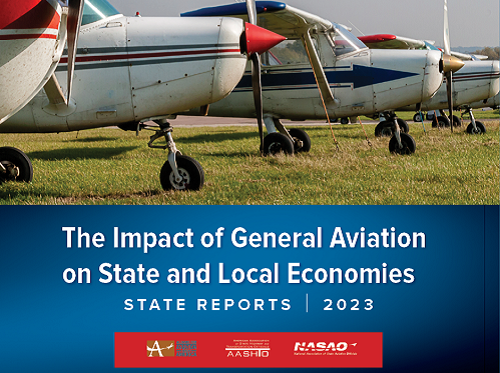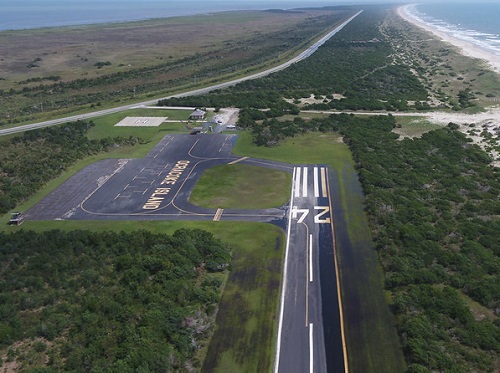State departments of transportation in Kentucky, Ohio, and North Carolina are participating in a year-long study on how to re-equip general aviation airports in Appalachia to accommodate electric aircraft.
[Above photo by NCDOT]
This study will focus on what utilities and charging infrastructure 36 airports will need to serve a new generation of electric aircraft.
The study will also create financing and implementation models for general aviation airports across Appalachia; a 13-state rural region from north Mississippi to the southern tier of New York State.
Ohio University and North Carolina State University are spearheading the $500,000 study; funded by the government-funded Appalachian Regional Commission, an economic development entity. The study will include 18 Kentucky airports, 14 in Ohio, and four in North Carolina.
Electric aircraft are more generally categorized as Advanced Air Mobility or AAM systems and include remote-piloted, autonomous, and vertical take-off and landing or VTOL aircraft. Generally, they are less expensive and more versatile than traditional aircraft, and are capable of package deliveries, ambulance service, and even firefighting.

[Editor’s note: In April 2023, the American Association of State Highway and Transportation Officials published a report analyzing the impact of general aviation on state and local economies across the country. That report – officially entitled “The Impact of General Aviation on State and Local Economies—State Reports 2023” – is a joint effort between AASHTO, the Alliance for Aviation Across America, and the National Association of State Aviation Officials.]
Appalachia is home to more than 200 airfields, most of which focus on moving goods rather than people. As the aviation industry further develops the potential of electronic drones and their larger, piloted cousins, these airports must adapt if they hope to thrive, noted Project Director Brent Lane in news release from Ohio University.
The potential economic opportunities are significant as AAM technology tends to be less noisy and more economical, flexible, and sustainable than traditional aircraft, he added. Further, the less crowded airspace of Appalachia is ideal for the rigorous testing required – but to compete in this market, sufficient charging capacity is required, Lane said.
“We will identify the infrastructure investments needed to bring those airports into the 21st Century of sustainable electric aviation,” he explained. “We want Appalachia to be a leader in this industry.”
The study also is seen as a step to spur economic development in the rural region, which often struggles to achieve socioeconomic parity with the rest of the country.
In a news release, Kentucky Governor Andy Beshear (D) touted the commonwealth as “the electric vehicle battery production capital of the world, and by participating in this project, we’re working to become a leader in the aircraft industry of the future.”
Becca Gallas, director of aviation for the North Carolina Department of Transportation, said in a news release that the study is “a forward-thinking approach” that aligns with the state’s Advanced Transportation Mobility Strategic Plan.
“This project exemplifies our commitment to innovation, economic development and sustainable infrastructure,” Gallas added.
At least one other state DOT – in this case, the Colorado Department of Transportation – is in the middle of a similar study of how to accommodate aircraft that use alternative fuels, including electricity, at its airports.




